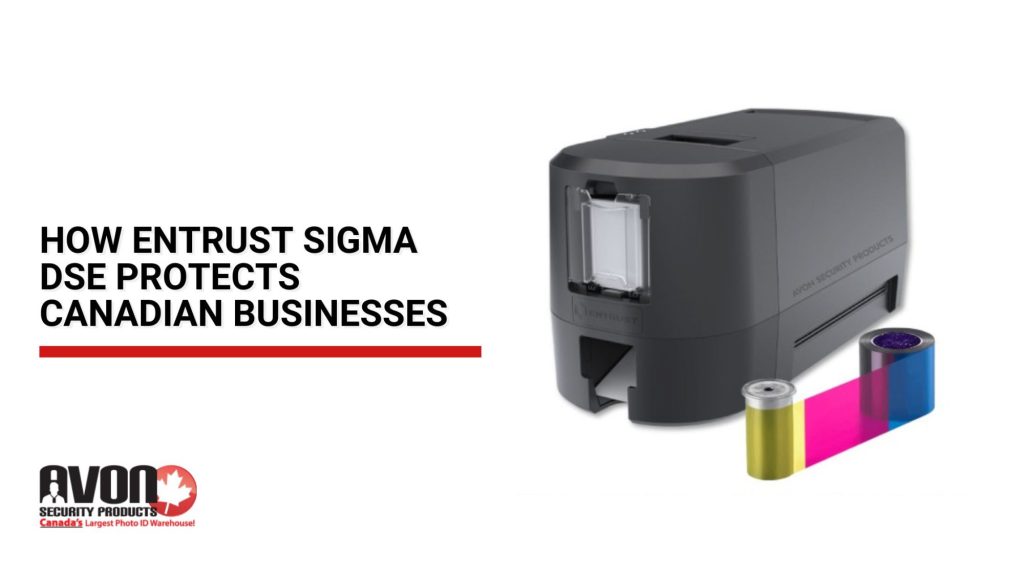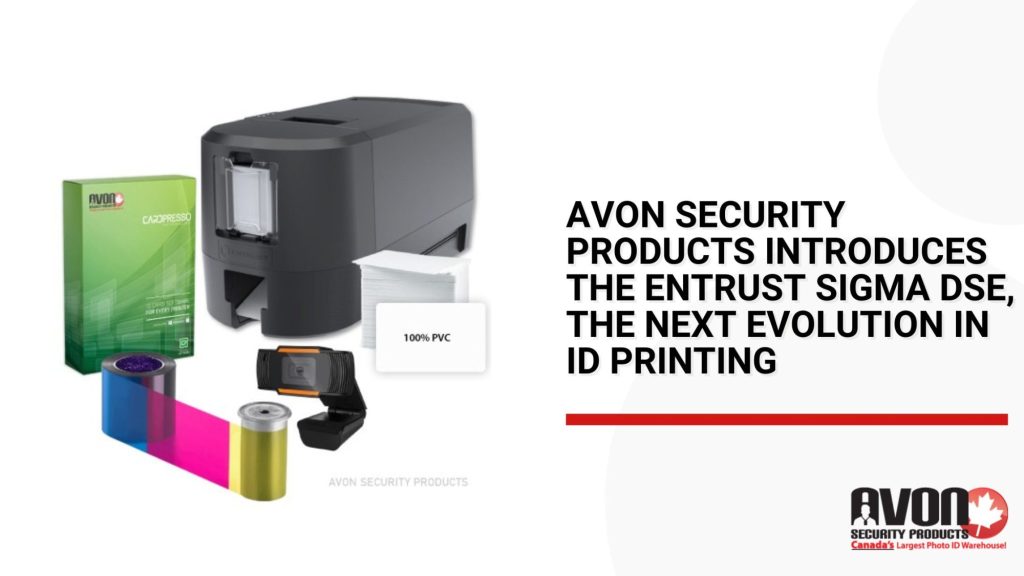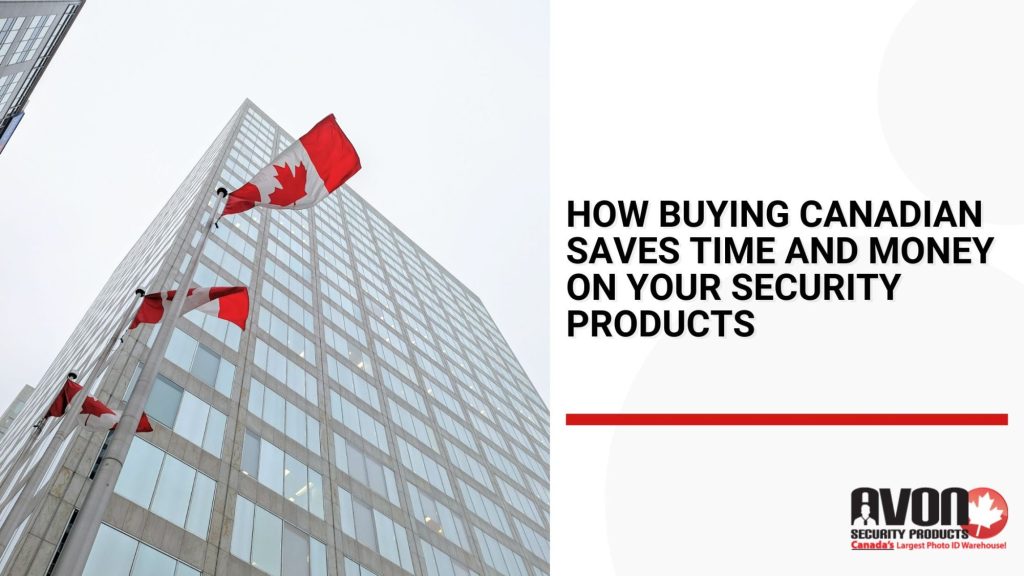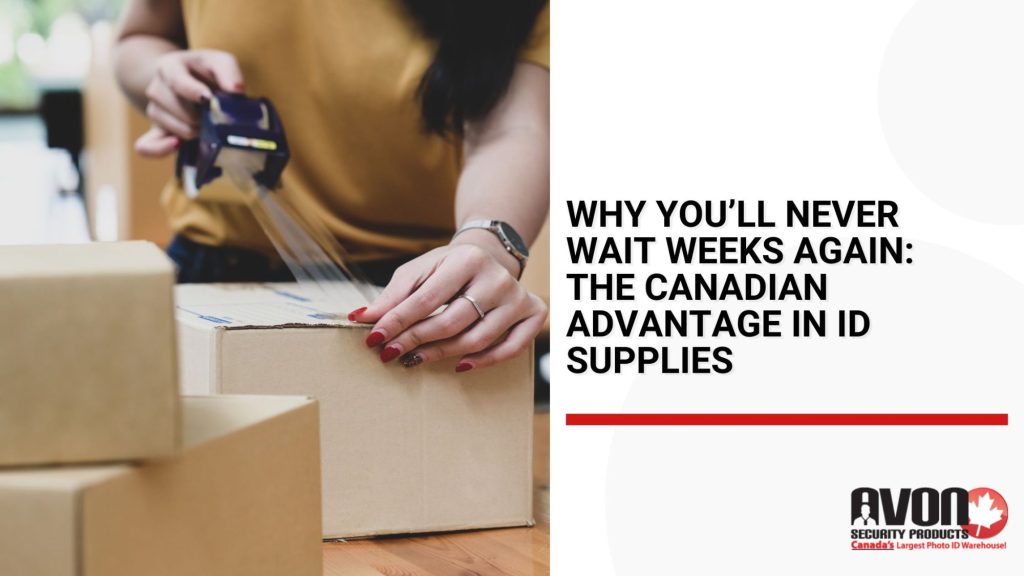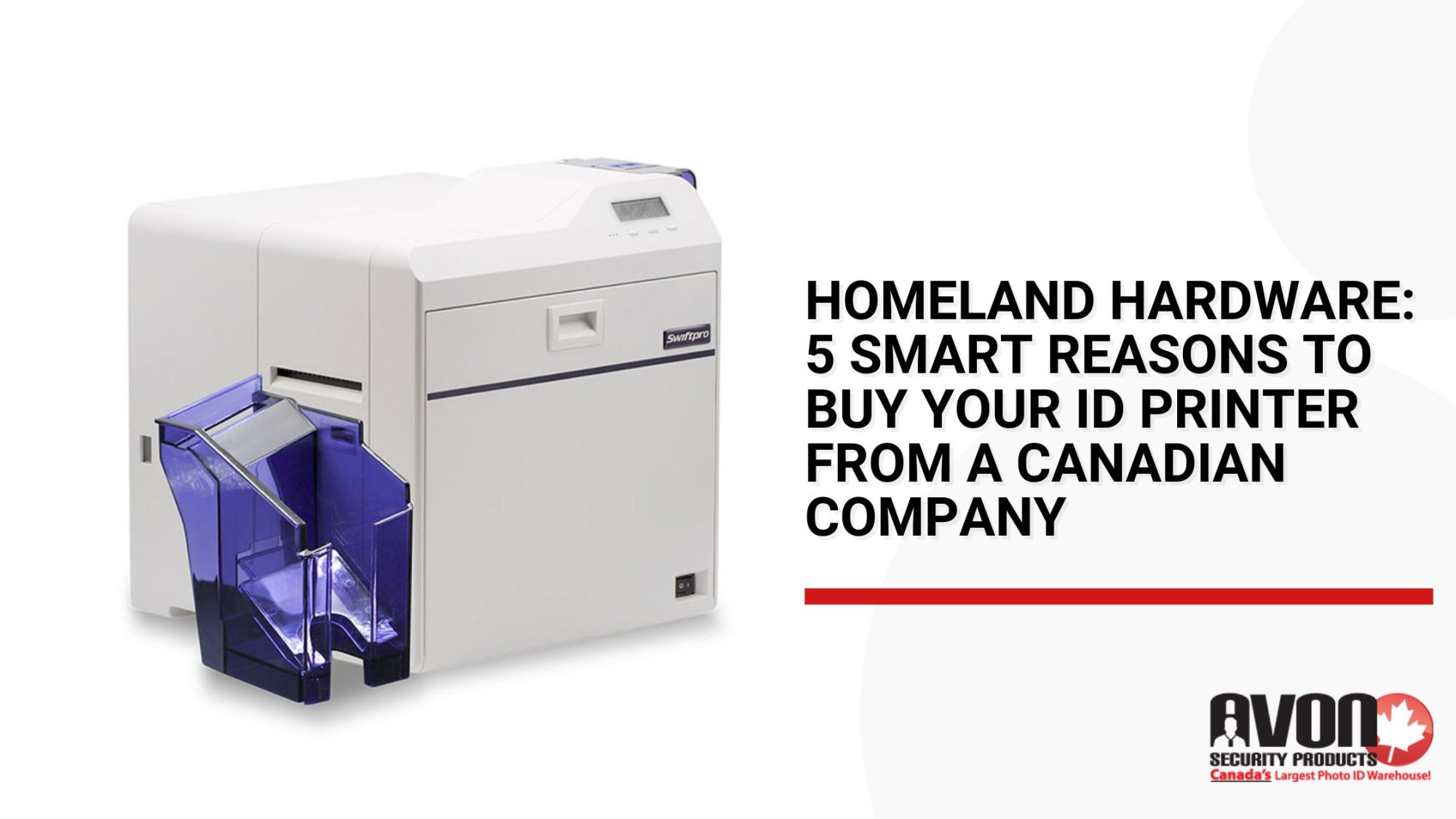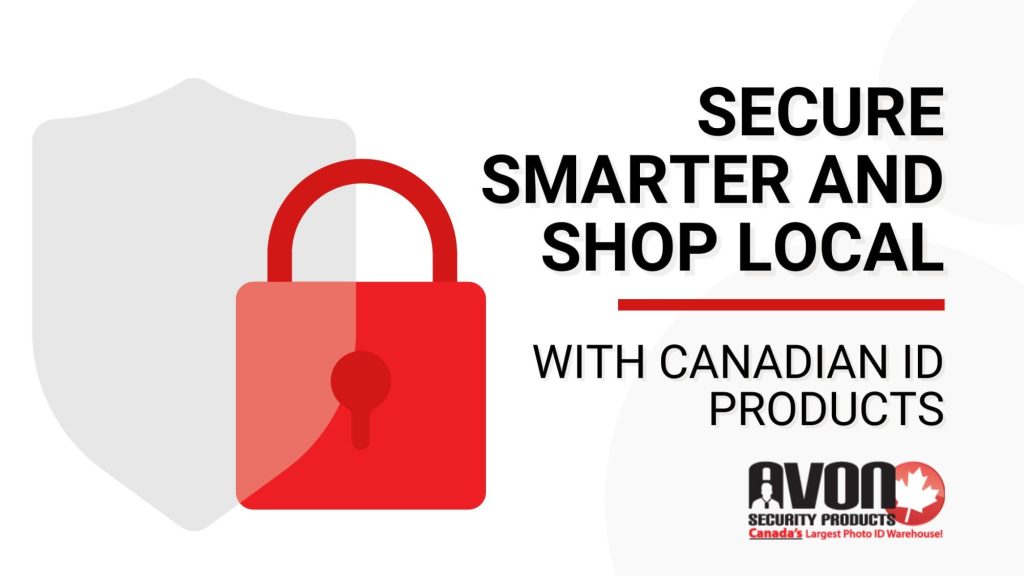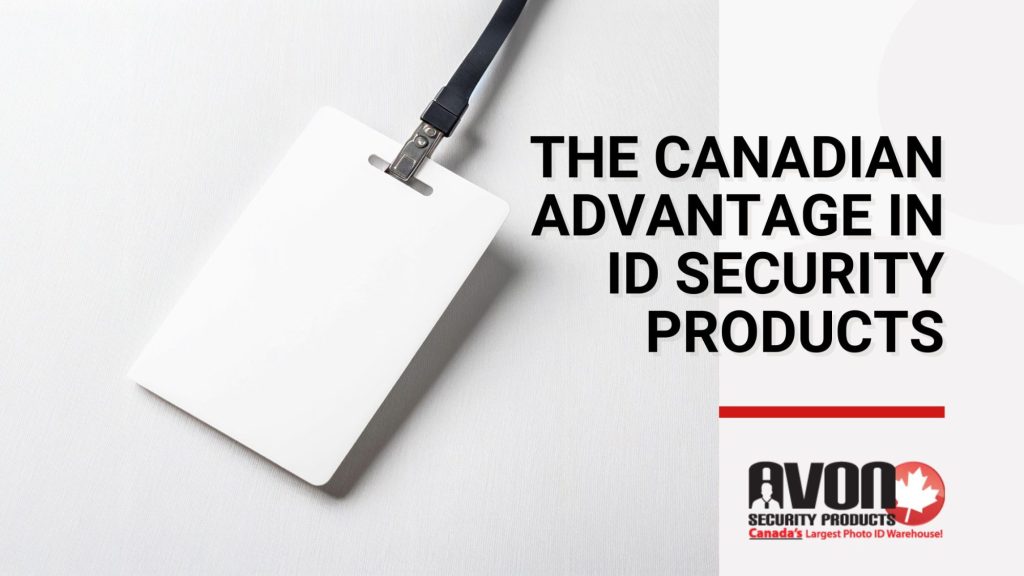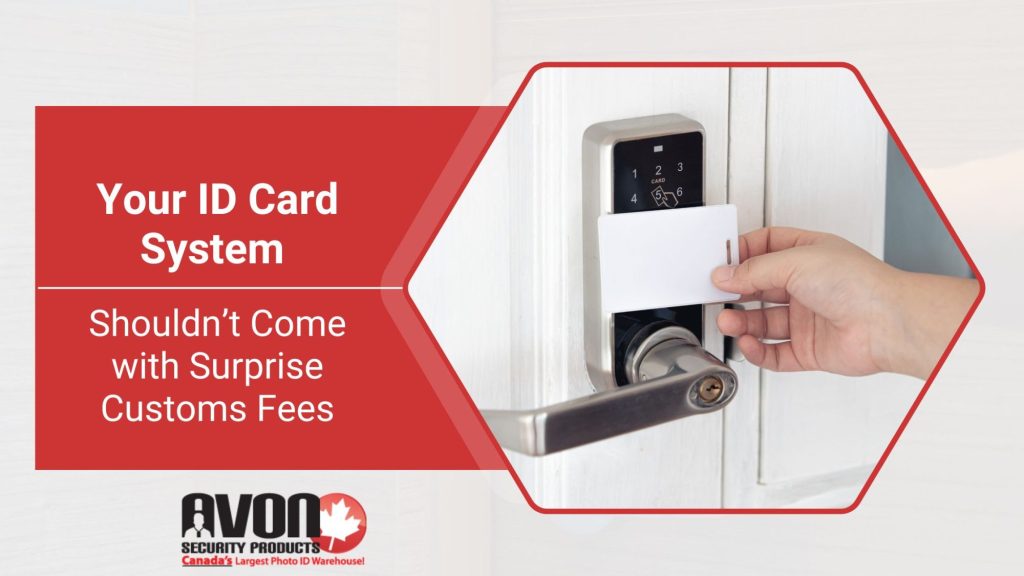Security is not static. It is a moving target shaped by evolving threats, workplace digitization, and the growing need for identity protection. In this shifting landscape, organizations across Canada are asking a pressing question: how do you issue credentials that are not only functional but also secure enough to withstand modern risks?
The answer lies in a breakthrough device that has redefined ID issuance: the Entrust Sigma DSE printer. As Canada’s exclusive source, Avon Security Products is proud to bring this innovation to businesses, schools, hospitals, and government agencies nationwide. The Sigma DSE is more than a plastic card printer. It is a future-ready solution that puts security, simplicity, and value at the center of every credential issued.
Key Features and Security Capabilities
The Entrust Sigma DSE was engineered to protect what matters most: people and data. Unlike older generations of printers, which often focused on surface-level convenience, the Sigma DSE layers security into every part of the process.
- Data encryption at every step: Sensitive information is encrypted both in transit and at rest, helping reduce the risk of interception or theft.
- Secure boot processes: The system only runs trusted code, reducing vulnerability to malware or unauthorized software.
- Advanced counterfeiting defenses: From UV printing options to microtext, the Sigma DSE helps organizations stay ahead of identity fraud.
These features are informed by the principles in the Government of Canada’s Identity, Credential, and Access Management (ICAM) framework, which helps organizations secure identities, credentials, and access across both digital and physical systems.
When Canadian organizations adopt the Sigma DSE, they are not just upgrading equipment. They are adopting a defense strategy.
Comparison with Competitors and Product Differentiation
Many ID card printers on the market promise speed or efficiency. Few combine those promises with a real commitment to security and flexibility. Compared to other printers, the Sigma DSE distinguishes itself through three key differentiators:
- Cloud-Readiness: While traditional printers rely on local installations, the Sigma DSE integrates seamlessly into cloud environments. This makes it perfect for organizations modernizing IT infrastructure.
- Built-In Future Proofing: Firmware updates ensure the printer evolves alongside emerging threats and standards.
- Effortless Integration: Competitors often require extensive configuration. The Sigma DSE connects quickly, streamlining adoption without draining IT resources.
The result is a product that does not just compete. It redefines expectations for Canadian photo ID systems, setting a new benchmark for ID card printer Canada standards.
Issuance Flexibility and Application Versatility
One of the most valuable aspects of the Entrust Sigma DSE is its versatility. It adapts to the specific credentialing needs of diverse industries, making it the most flexible cloud-ready ID card printer available today.
- Businesses use it to produce employee badges with embedded access credentials.
- Hospitals rely on it to create secure staff IDs that help maintain patient safety and regulatory compliance.
- Schools leverage it for student cards that support both identification and building access.
- Government agencies depend on its reliability for issuing credentials that meet stringent standards.
The Sigma DSE is more than a printer, it is a full plastic card printing solution that does not force organizations into a one-size-fits-all mold. Instead, it flexes to the needs of each environment, providing issuance flexibility that builds confidence in every card produced.
User Experience and Ease of Use
Technology only succeeds when people can use it with confidence. The Sigma DSE excels here too, offering a user experience designed around simplicity.
- Out-of-the-box setup: Installation is quick, often requiring less time than competitive models.
- Minimal training required: Intuitive interfaces mean staff can start producing IDs almost immediately.
- Cloud dashboards: Administrators can monitor and manage printers remotely, aligning with hybrid workplace demands.
For organizations managing high staff turnover or limited IT resources, these features translate into tangible efficiency. It is the difference between a tool that frustrates and a tool that empowers.
Target Users and Use Cases
The Entrust Sigma DSE is built for Canadian organizations that cannot afford to compromise on identity protection. Its most common use cases include:
- Corporate security: Reinforcing physical and digital access controls.
- Healthcare environments: Meeting Canadian standards for privacy and patient safety through compliance with Canada’s health data privacy and cybersecurity frameworks, such as PIPEDA and Health Canada’s guidance on cybersecurity in medical devices.
- Education systems: Offering flexible, durable student and faculty ID solutions.
- Public sector: Supporting compliance with policies like the Treasury Board Secretariat’s Directive on Identity Management.
Each of these sectors shares one reality: identity fraud, data breaches, and operational inefficiencies are growing risks. The Sigma DSE provides a practical, secure way forward.
Smart Value and Cost Efficiency
Security and performance are essential, but Canadian organizations also need solutions that respect budget realities. The Sigma DSE strikes that balance.
- Durability: Built for long-term reliability, minimizing replacement and downtime costs.
- Energy efficiency: Designed to reduce operational expenses.
- Flexible scalability: Suitable for small offices or enterprise-scale environments.
The Canadian Centre for Cyber Security’s Baseline Cyber Security Controls for Small and Medium Organizations underscores the value of focusing efforts where they deliver the greatest impact, reinforcing that the Sigma DSE fits within a cost-effective security strategy aligned with these national priorities.
Ordering and Support Resources
Technology is only part of the equation. The partner behind it matters just as much. Avon Security Products ensures Canadian organizations gain not only access to the Entrust Sigma DSE but also unmatched local support.
- Canada’s Exclusive Source: Avon is the sole distributor of the Sigma DSE in the Canadian market.
- Canadian Support Advantage: Customers enjoy fast delivery, responsive service, and local expertise.
- Trusted Reputation: With decades of leadership in secure ID solutions, Avon is a proven partner.
Whether it is ordering supplies, scheduling maintenance, or expanding a system, Avon makes it simple to keep operations running smoothly.
Why Canadian Businesses Should Pay Attention
Identity security is no longer a “nice to have.” It is a necessity. From protecting employees and students to safeguarding data and access, the stakes are high. For Canadian businesses and institutions, the Entrust Sigma DSE represents a turning point.
With its unmatched combination of secure ID card printing, intuitive operation, and future-ready design, it elevates what Canadian photo ID systems can deliver. More importantly, with Avon Security Products as Canada’s exclusive source, organizations know they are backed by a trusted local partner.
For companies considering upgrades to their identity systems, the choice is clear: the Sigma DSE is not just a printer. It is a commitment to smarter, safer, and more resilient operations.
Why the Sigma DSE is the Smart Choice for Canada
Avon Security Products is proud to introduce Canadian organizations to the future of ID issuance with the Entrust Sigma DSE. It is secure, flexible, and cost-efficient, but most importantly it is built to protect people, data, and trust.
If your business, school, hospital, or agency is ready to strengthen its security foundation, the next step is simple: explore how the Sigma DSE can transform your approach to identity protection today.

